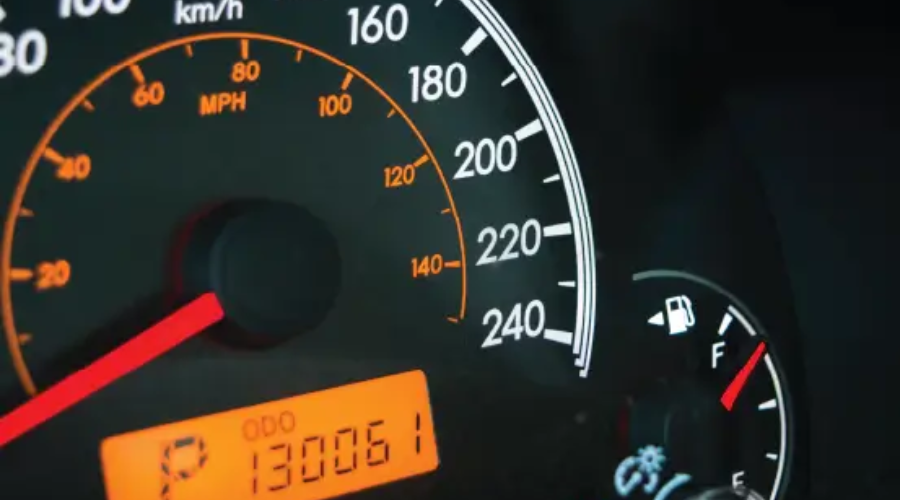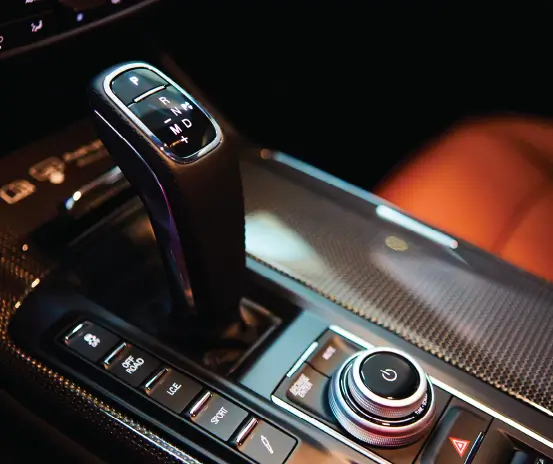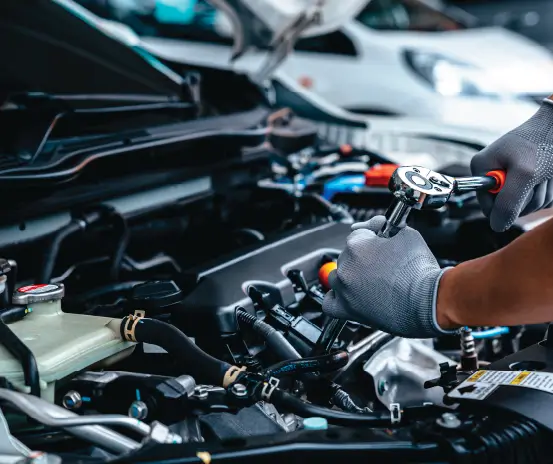In any case, abidance to technical aspects is essential to driving the car safely.
Driving an automatic car is a hassle-free and enjoyable experience for both first-time drivers and those transitioning from manual transmissions.
You may wonder why someone already has a license to drive and faces problems while shifting from manual to automatic.
Precisely, the “Different Approaches” is the reason beyond that transition from manual to automatic demands some driving style changes for safe and smooth drives.
So, before I explain the driving method, let’s have a look at the key differences.
In manual cars, drivers engage and disengage gears using a clutch pedal and gear shifter. It provides precise control, appealing to driving enthusiasts who enjoy the tactile experience.
However, Automatic transmissions shift gears automatically without manual intervention. Drivers use the accelerator and brake, with occasional interaction with a gear selector. It enhances convenience, making automatic cars ideal for effortless driving, especially in traffic or urban settings.
In Manual Cars, the clutch operation is synchronized with brakes and accelerators. Driver has to use a clutch pedal for smooth gear changes coordinately.
While in Automatic Cars, there is no clutch point at all. Instead of a clutch pedal, the transmission system manages gear engagement. It makes the gear shifts even more quickly and easier. This fact makes driving much easier for beginners.
Drivers use both feet, with one on the brake or accelerator and the other operating the clutch. Whereas Automatic Cars typically involve using only the right foot, as there is no need for a clutch.
Manual Cars offer better fuel efficiency as drivers have direct control over gear changes, optimizing engine performance.
In contrast, Automatic Cars have lower fuel efficiency, but modern automatic transmissions, especially CVTs (Continuously Variable Transmissions), have improved this aspect.
Manual Car driving requires a steeper learning curve, as drivers must coordinate clutch and gear operations. Driving Automatic Cars is easier for beginners, eliminating the complexities of manual gear changes.
Manual Cars are less expensive to purchase and maintain, with fewer components in the transmission system. On the other hand, besides convenience, Automatic Cars tend to be more expensive initially, and car maintenance can be costlier due to the complexity of automatic transmission systems.
Sounds easy enough, but whether you are a first-time driver or shifting from a manual to an automatic car, you must know how to drive an automatic car.
Our step-by-step guide aims to provide an easy-to-understand overview of the process, making your rides smooth and stress-free.
Instead of walk-in always look for scheduling appointments. It eventually saves you a lot of waiting time and also makes it easy for you to pre-schedule. Scheduled appointments receive quicker attention than walk-ins. Booking in advance allows service centers to allocate resources efficiently.
Move the gear shifter to the “D” position for normal driving. Some cars also feature additional settings like “D3” or “L,” which can be useful in specific driving conditions.
Gently press the accelerator to move forward and the brake pedal to slow down or stop. Unlike manual cars, you won’t need to coordinate with a clutch pedal.
Automatic cars often have a feature called “hill hold” to prevent rolling on inclines. Familiarize yourself with this function, especially if you’re transitioning from a manual transmission.
Basically, if you are already acquainted with manual car driving, the difference between manual and automatic cars will help you understand how to drive automatic cars. For beginners, the comprehensive step-by-step guide will help in learning the process.
On top of all, practice and well maintained is what directly impacts your learning curve. Before heading on heavy traffic areas or difficult terrains, get yourself acquainted with the critical driving techniques. Moreover, as a beginner always look for reliable Auo Repair Service providers for hassle free and quick mechanical and electrical repairs works







